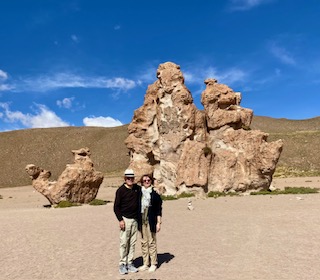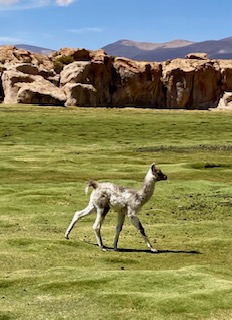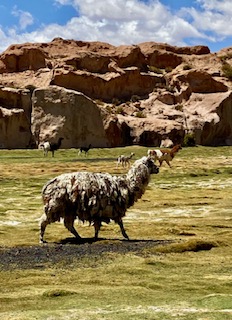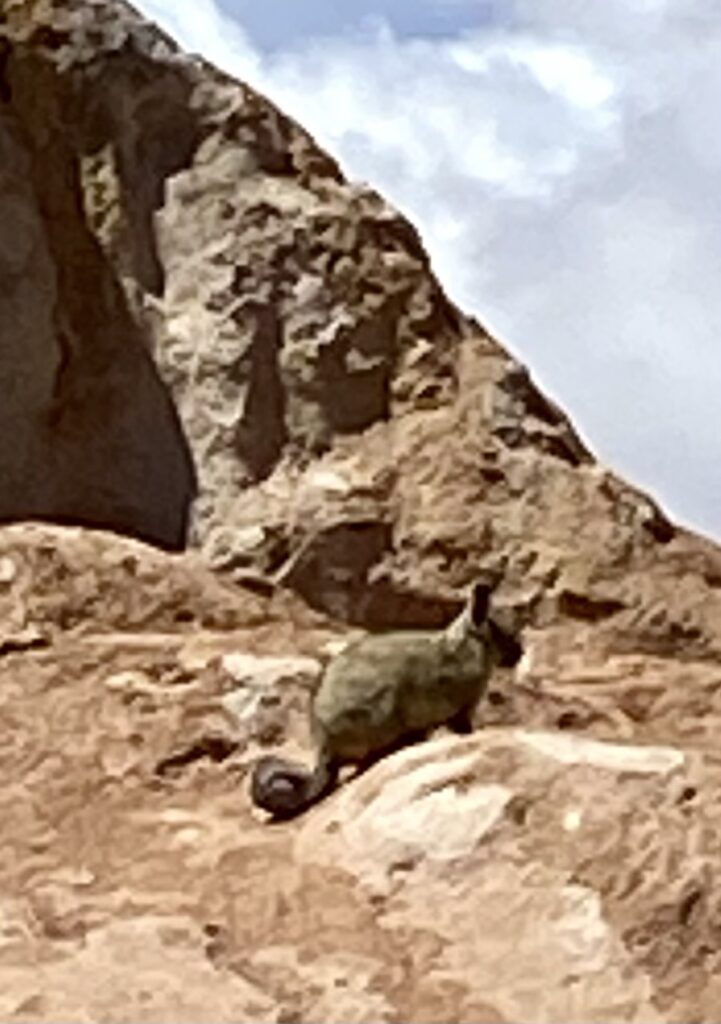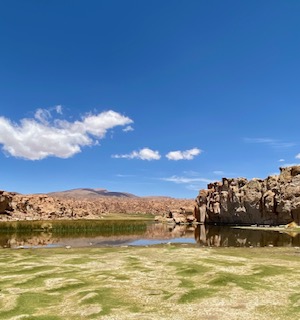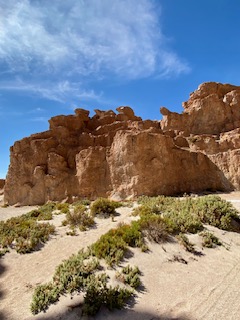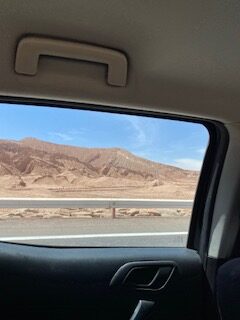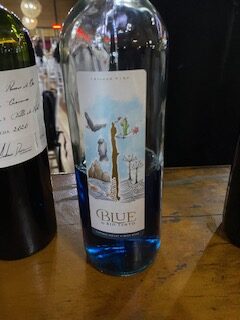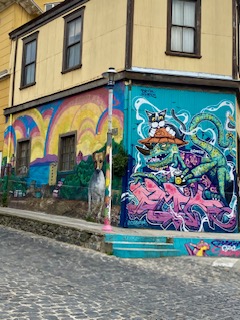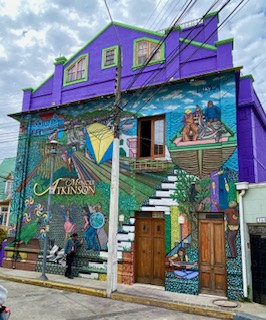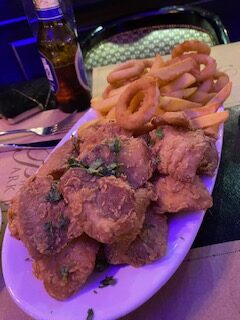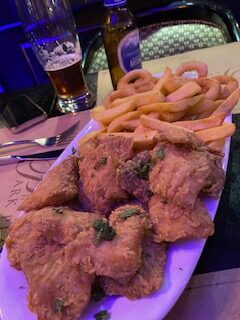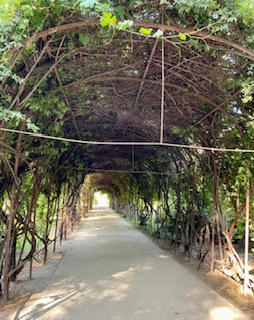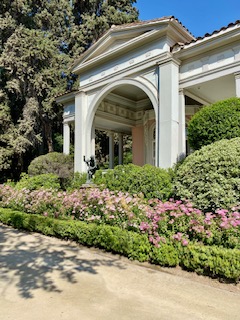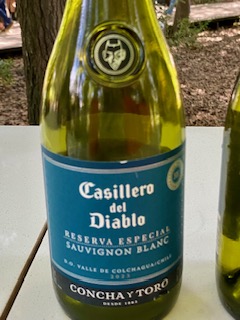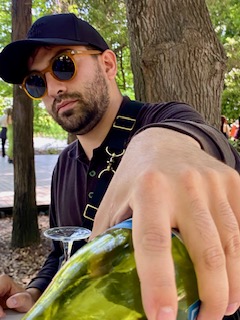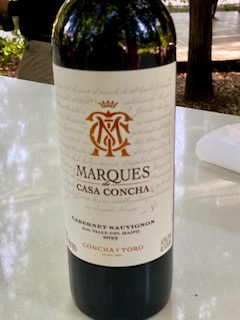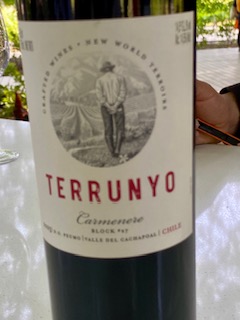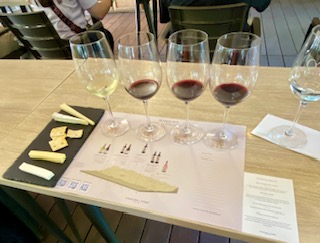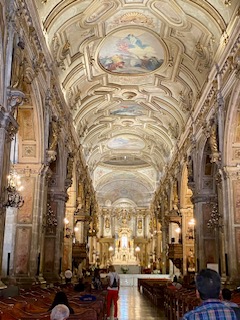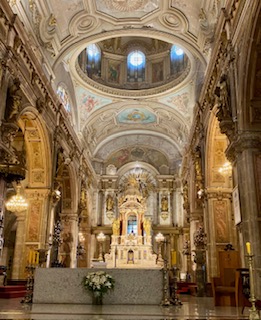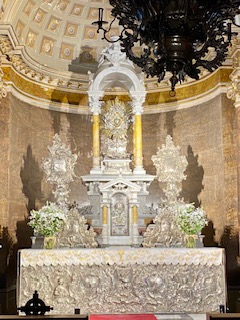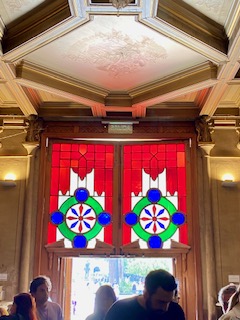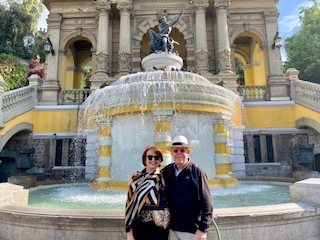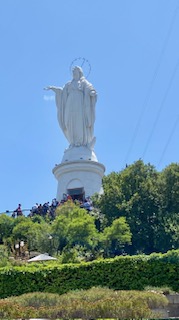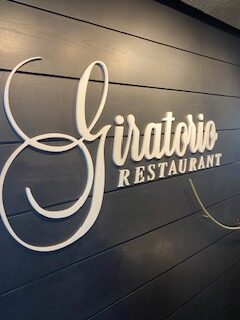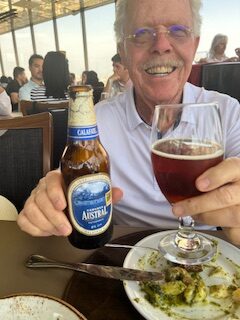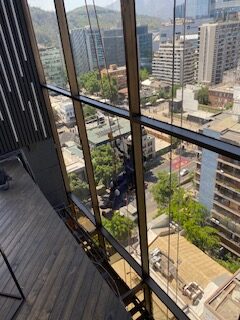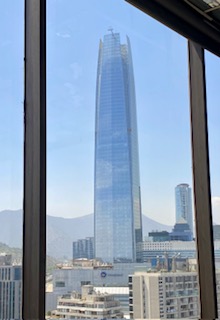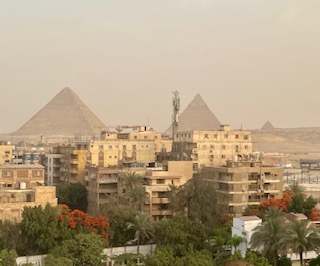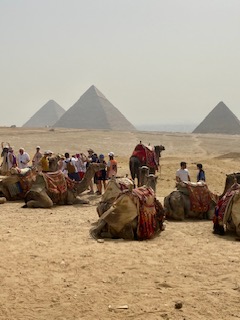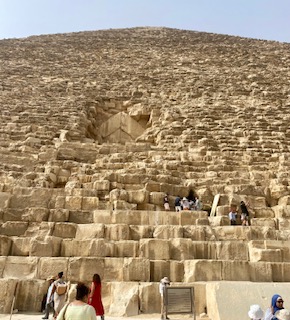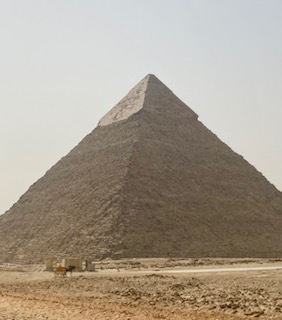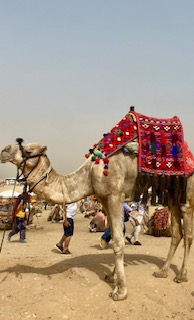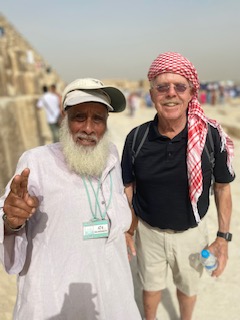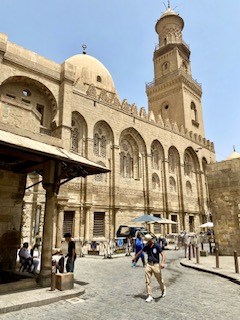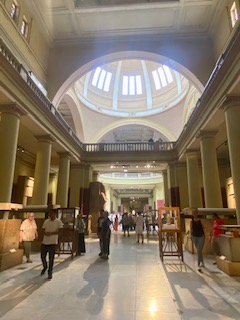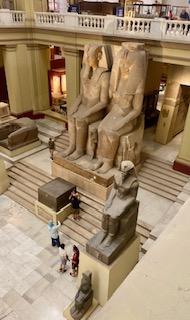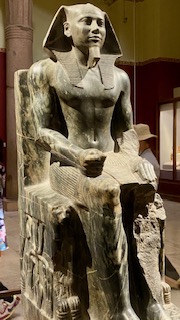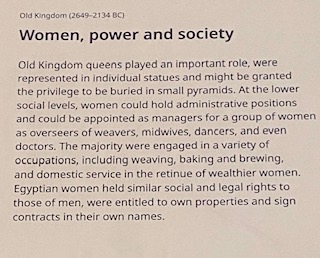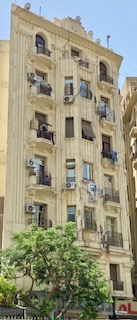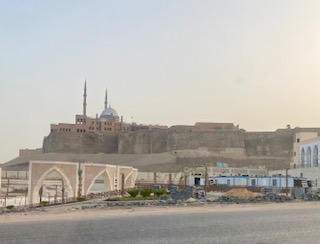This morning, after breakfast at the hotel, we were picked up and were taken to the salt flats nearby. To understand what this is, you have to imagine an area of 12,000 square kilometers (a little over 4,600 square miles). It is an unforgettable experience. Anyone driving through this immense area of salt would be foolish to go without a guide. The drivers have a photographic memory how to maneuver driving on the flats. The roughness of the salt is hard on the tires, requiring them to be changed about every six months.
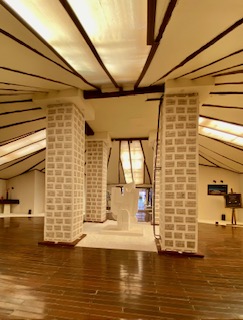
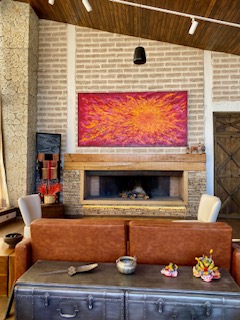
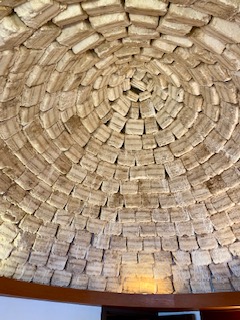
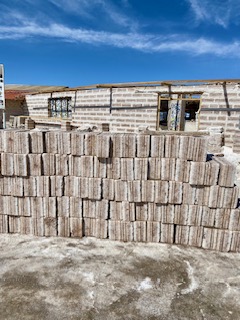
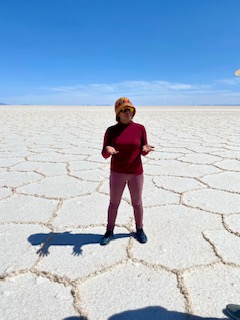
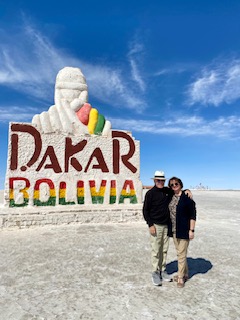
Many years ago, the Dakar road race was held there. It wasn’t very successful and has not returned since the last time. Between damage to the cars on the salt and getting lost, it is not surprising. Many buildings in and around the salt flats (Uyuni area, especially) cut the ice into blocks and use it for constructing a variety of buildings. Our hotel, Palacio del Sal, is a perfect example of how the salt is used. Also, salt is used to mine lithium, used in batteries and other industrial uses. the mines are owned by China and other countries, with no one from Bolivia allowed to see what goes on. This mineral is very important and the salt flats are an excellent source.
Our first stop today is Incahuasi Island. It isn’t exactly an island because instead of being surrounded by water, it is surrounded by salt. The “island” is covered in large cactus, many of which were in bloom because it is spring. The inside of the cactus is actually wood and used to make furniture and other uses. Also, the island has crystals left over when the salt flats were covered with water. Of course, this occurred tens of millions years ago.

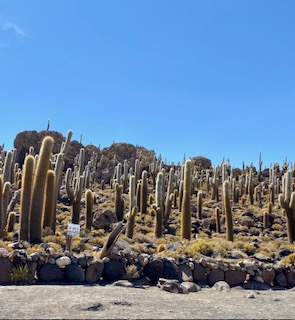
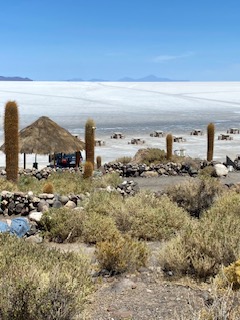

When we left the island, we stopped in the middle of nowhere to have a lovely lunch prepared by our driver and his wife. Abrahem took out a large folding table, an umbrella, dishes, beverages, and food cooked earlier that morning. It was as though we were on the moon! Did you know that all quinoa consumed is from Bolivia? They use this remarkable grain in many ways, all delicious.
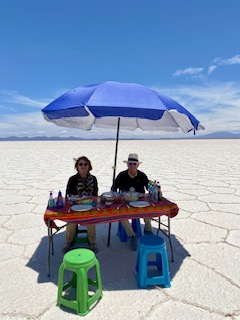
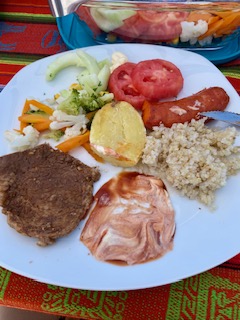
After this repast, we started on our way to Tupiza. Another driver picked us up and began the horrible drive to this somewhat interesting town. To get there, we had to drive on a narrow washboard dirt road, maneuver around rock slides, trying to avoid the edge of the road overlooking deep canyons. We also had to avoid (as best as we could) rivers of water and oncoming vehicles, including huge trucks. Finding a wide part of the road was challenging. I just closed my eyes, wrapped my neck pillow around my head, and took a couple of quick naps. Four hours later (yes, four), we arrived in Tupiza.
The road finally becomes a paved highway, still with hairpin turns and winding its way above the tree line. Bolivia is an interesting country but the Andes are daunting. We have been at 5,000 meters, 4,000 meters and now going to about 3,500 meters in altitude. This is still very high. about 11,500′. As we approached a tunnel through the mountain, the clouds descended and fogged the entrance, most of the road inside and at the exit of the tunnel. It continued for a short while and you could see nothing upon exiting. This was very scary! Suddenly, we were out of the fog and working our way down the mountain to Tupiza.
The town isn’t large and seems to be at the mercy of tuk tuk taxis everywhere. It is the perfect vehicle for this town and should be considered for use in Ajijic. There is an interesting building down the street from our hotel but otherwise, not much to see.


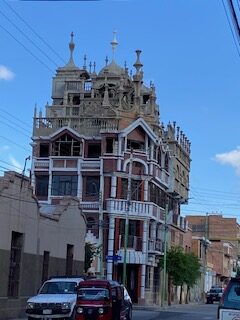
Tomorrow, we make our way to Tarija, Bolivia, which is supposed to be very interesting. I just hope that we aren’t stuck on more horrible roads but there is no way to know.
We are glad to be in a warm bed to relax!

